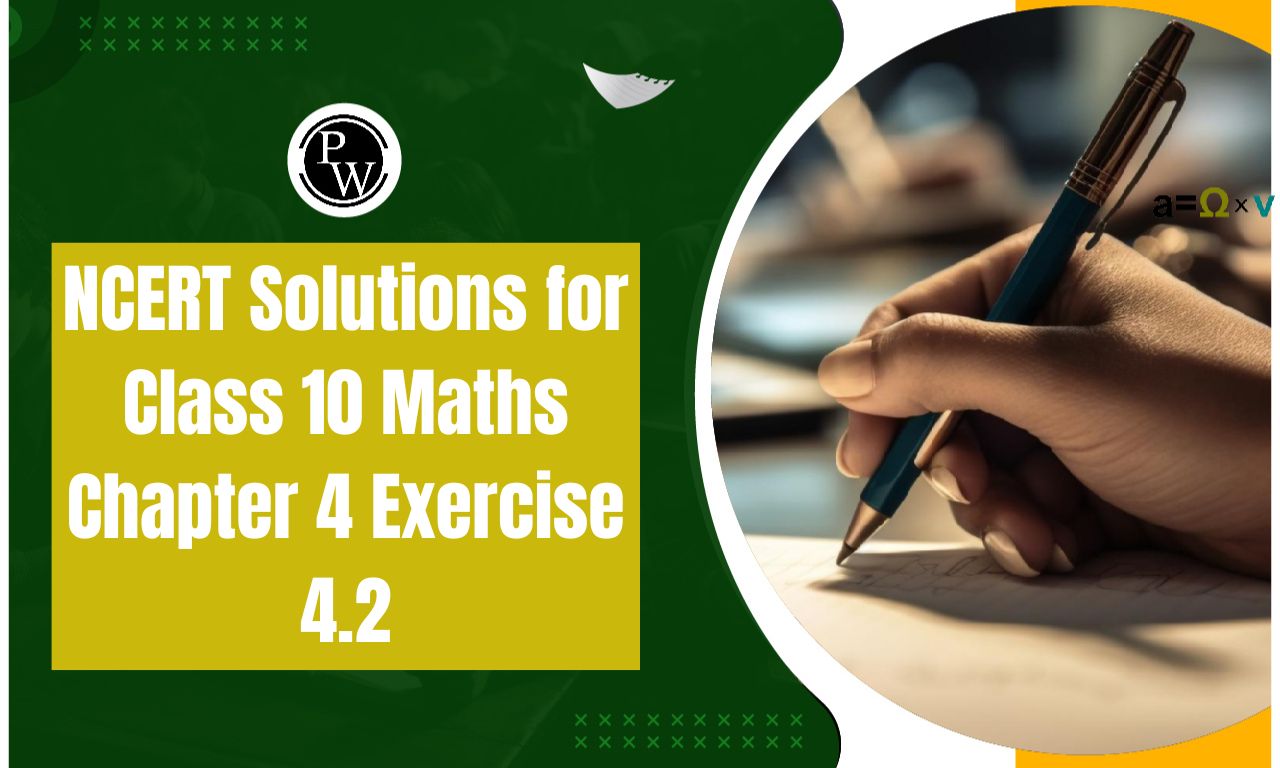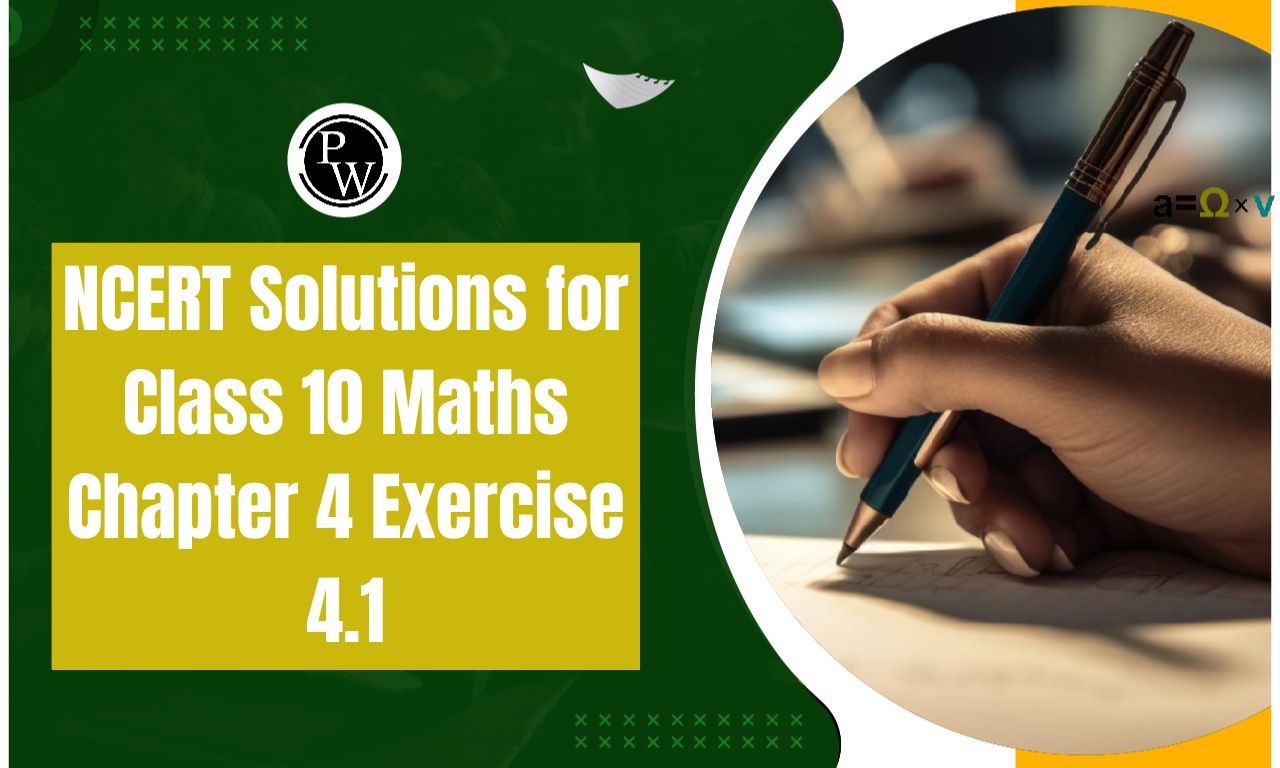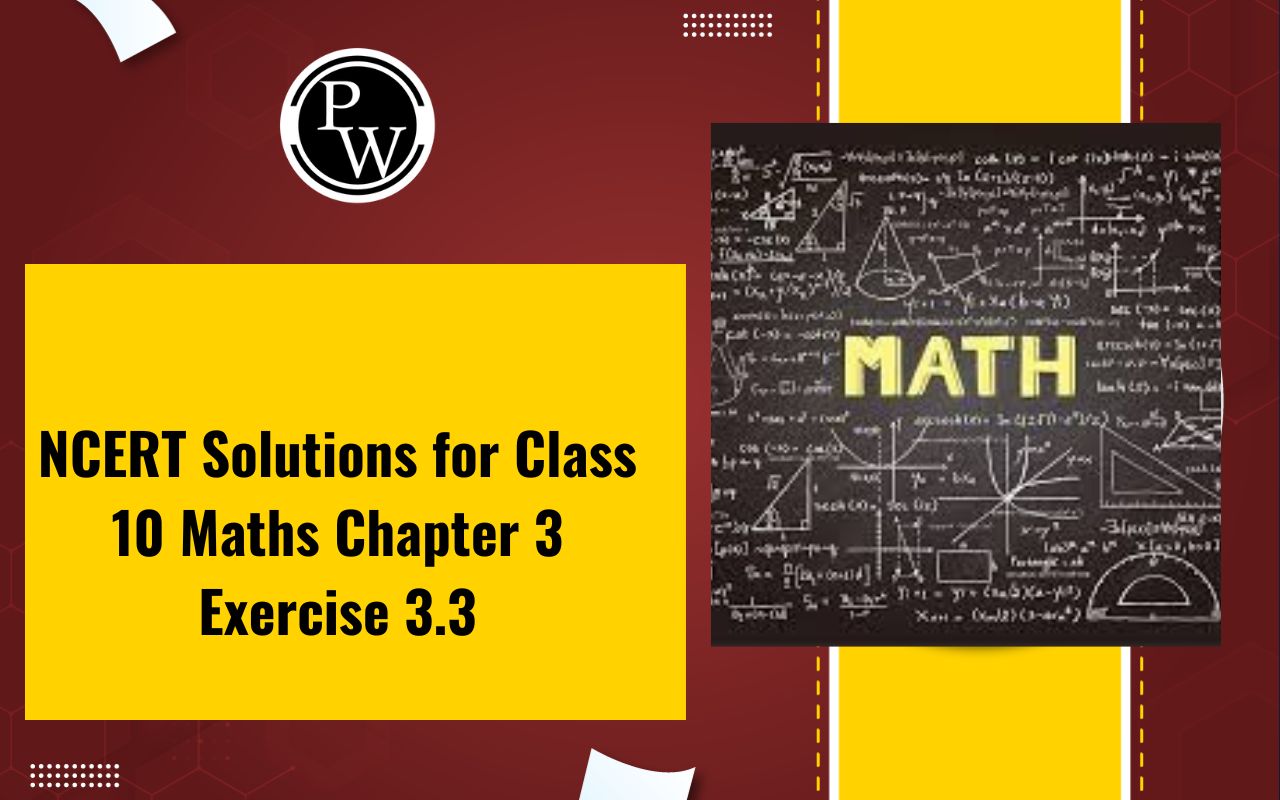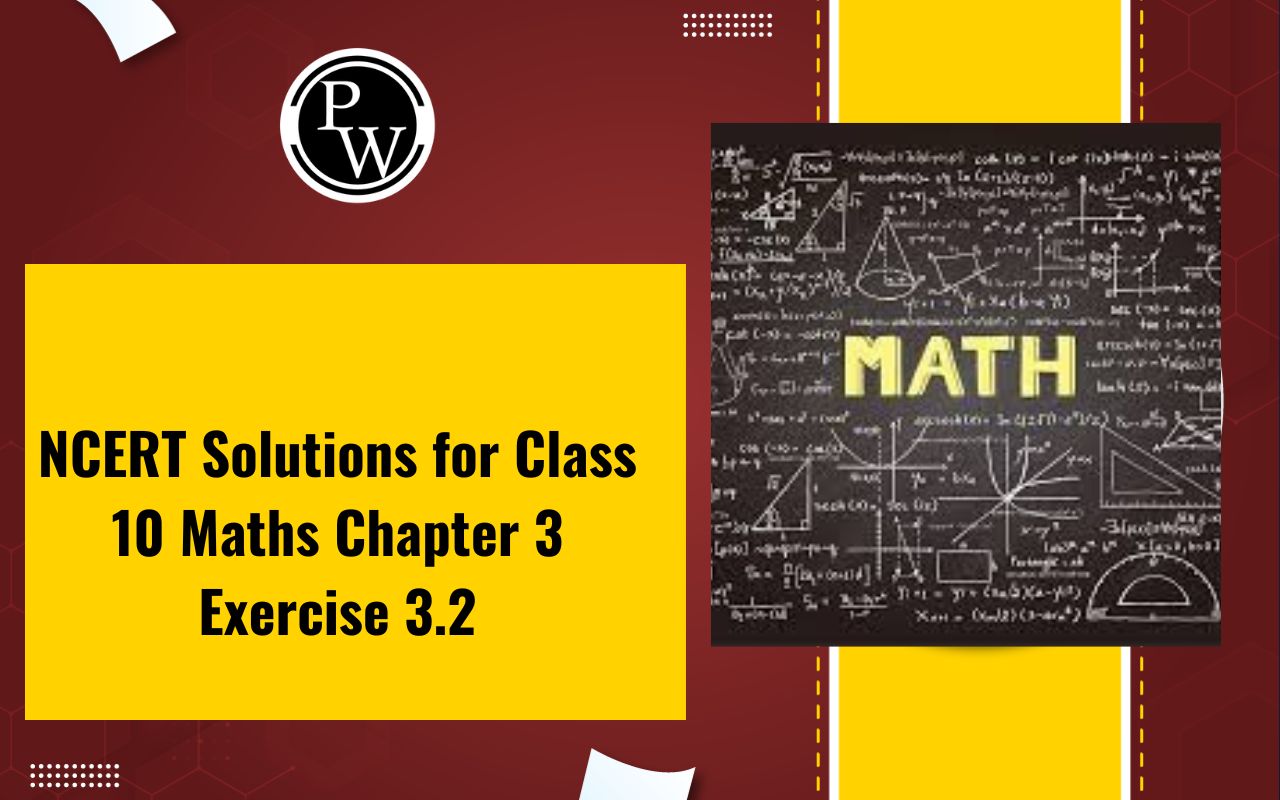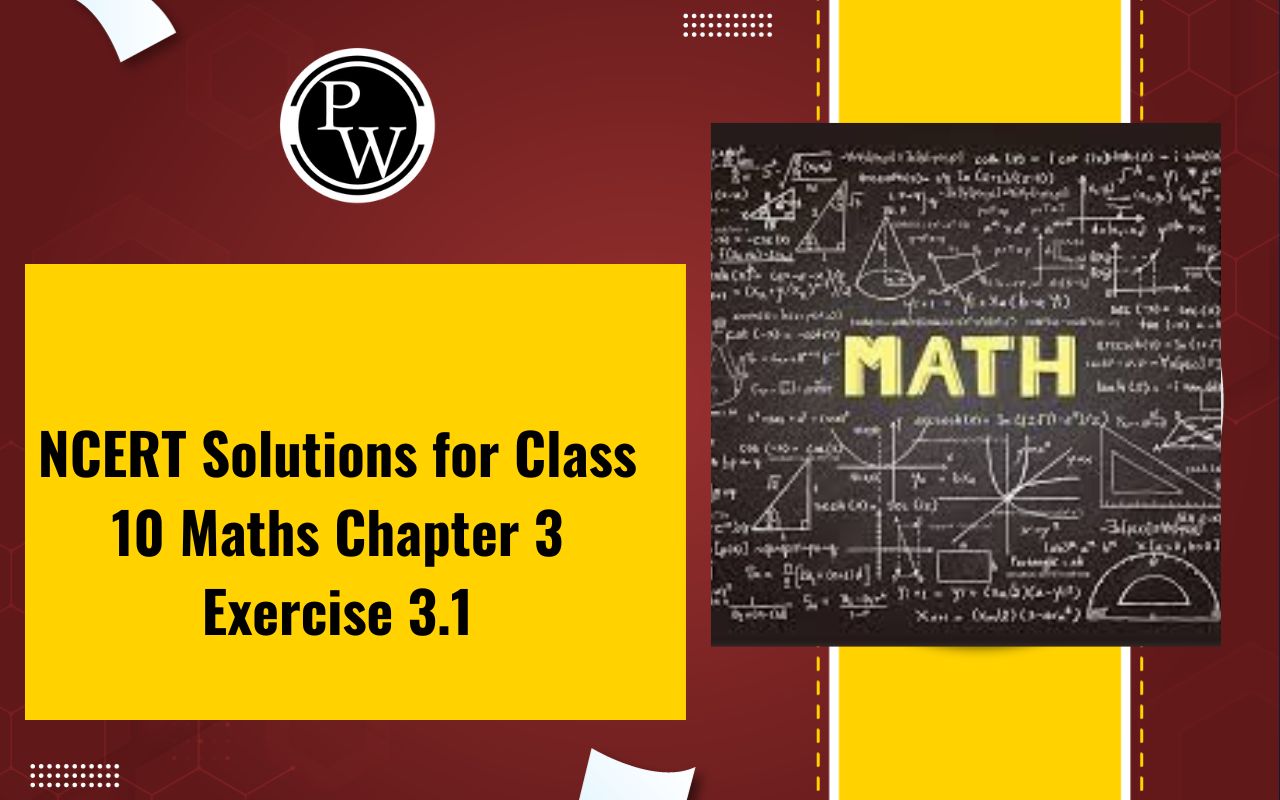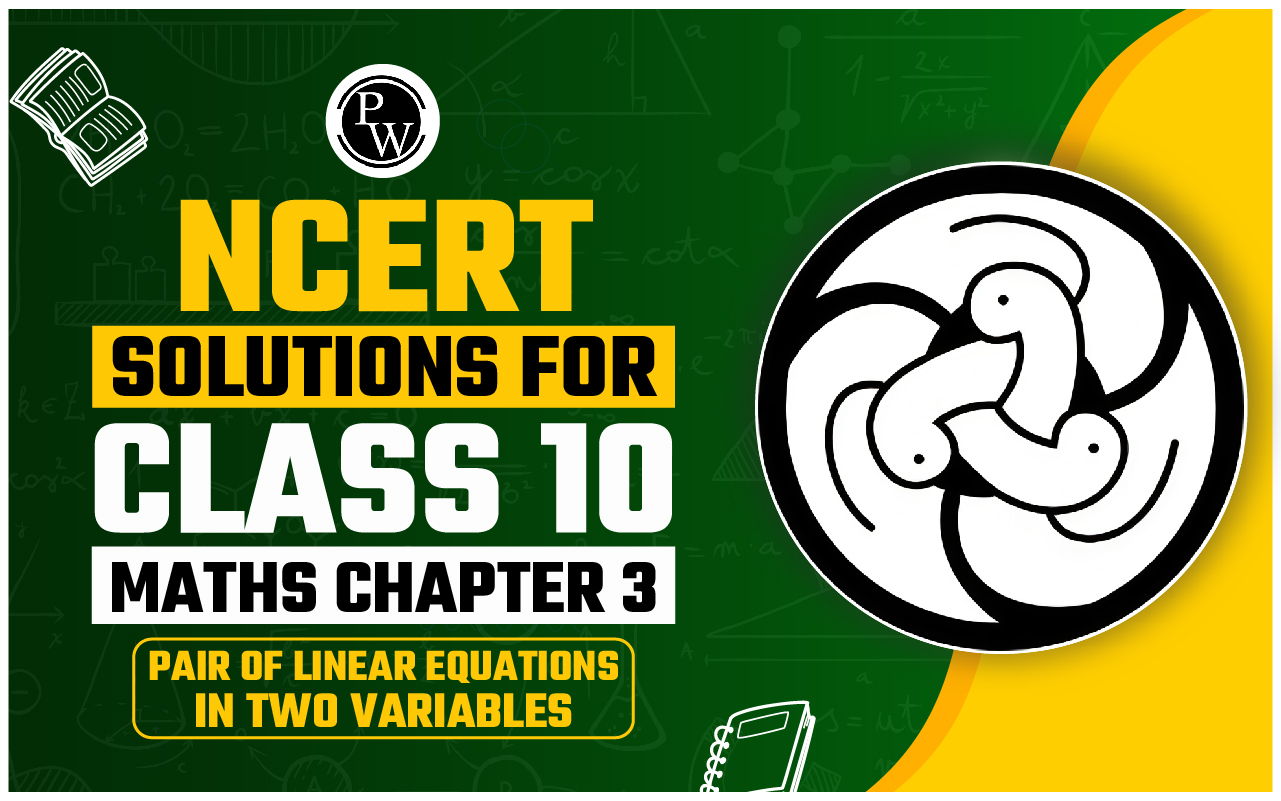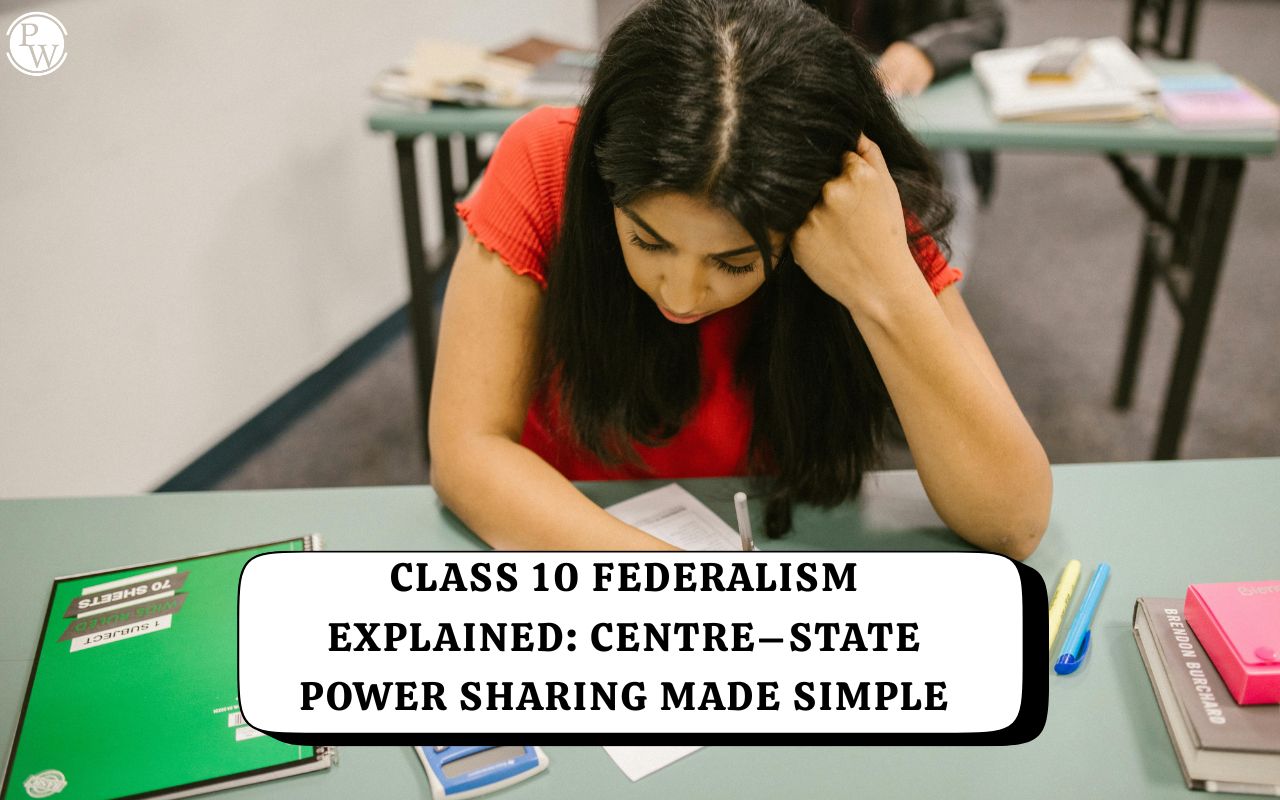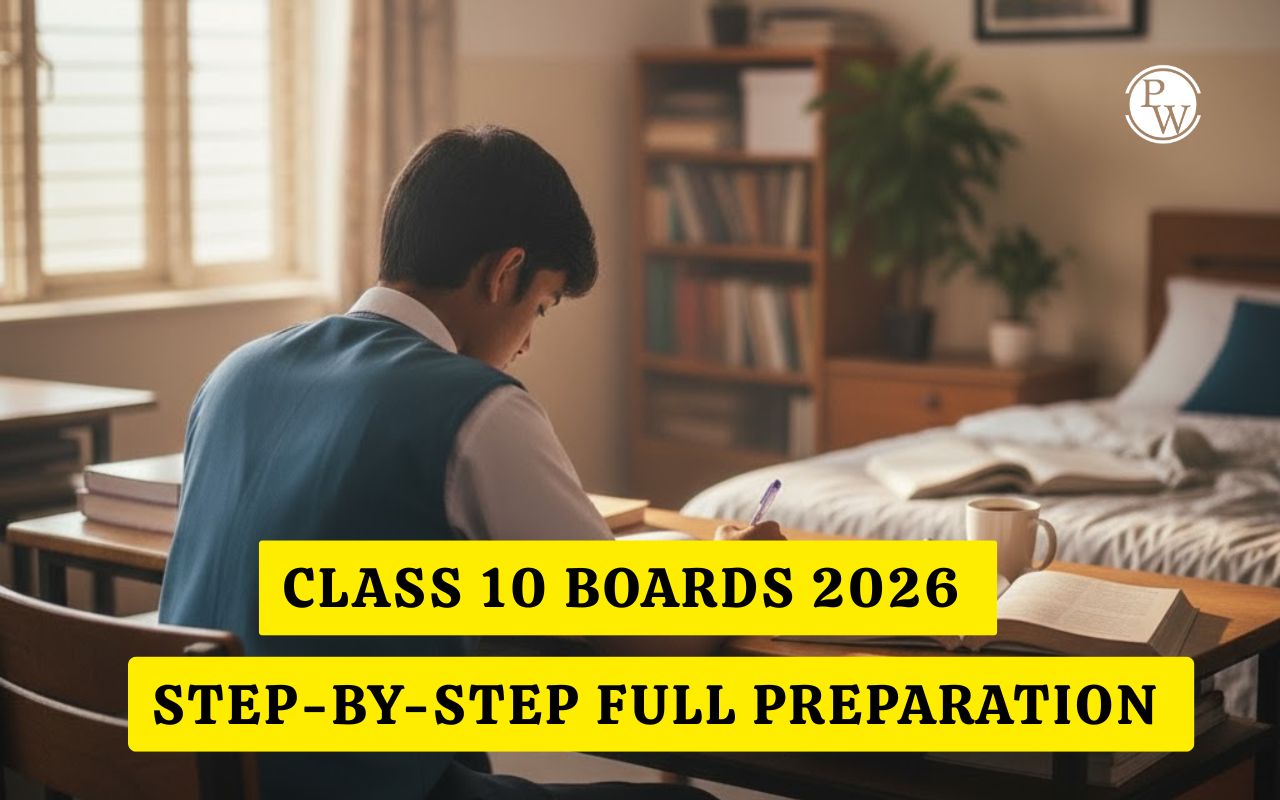
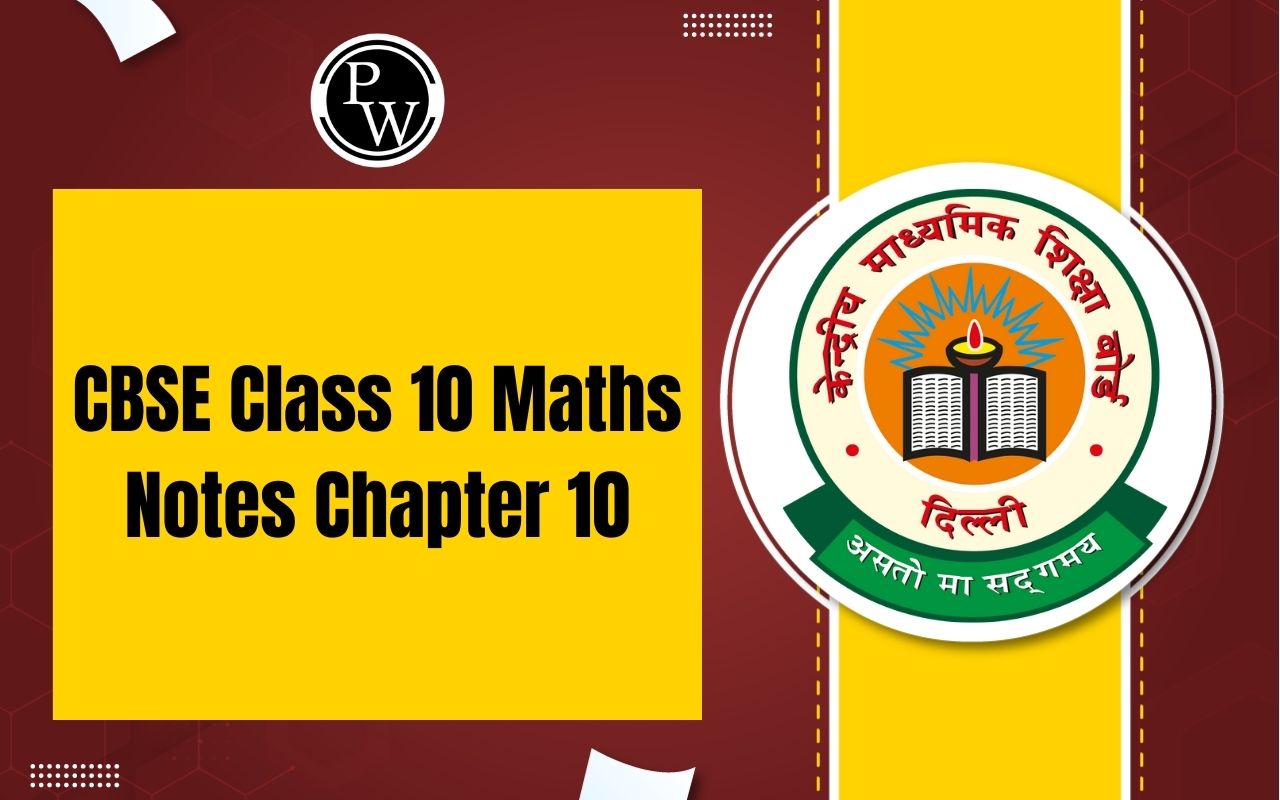
CBSE Class 10 Maths Notes Chapter 10: Here is a quick overview of circles for students in Class 10. Learn about the notion of the circle by reading the full explanation given here. Discover how to draw a tangent to the circle using a variety of examples and theorems.
Concepts including an introduction to circles, tangents to circles, and the number of tangents from a point on a circle are covered in Class 10 Maths Chapter 10, "Circles."CBSE Class 10 Maths Notes Chapter 10 PDF
Students can get free CBSE Solutions (NCERT) and other study materials from the website. To help you review the entire syllabus and get better grades in your exams, you can download the Class 10 Maths NCERT Solutions.CBSE Class 10 Maths Notes Chapter 10 PDF
CBSE Class 10 Maths Notes Chapter 10
Introduction to Circles
As is common knowledge, a circle is a closed, two-dimensional geometric object in which every point on its surface is equally spaced from the point known as its "centre." "Radius" is the measurement of the separation between a circle's centre and any point on its surface.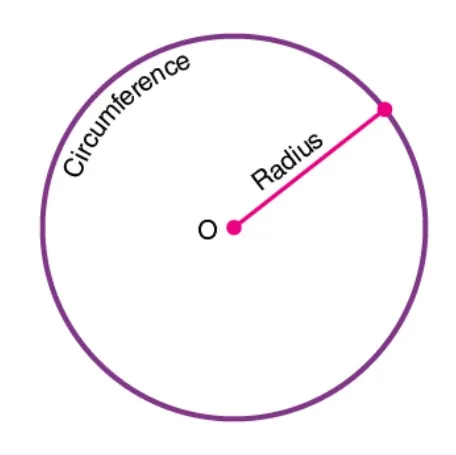
Circle and Line in a Plane
For a circle and a line on a plane, there can be three possibilities. i) they can be non-intersecting ii) they can have a single common point: in this case, the line touches the circle. ii) they can have two common points: in this case, the line cuts the circle.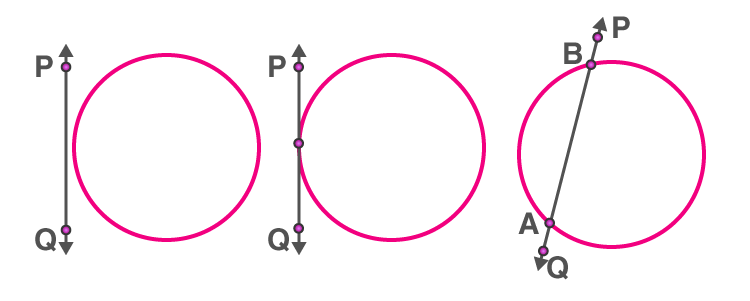
(i) Non-intersecting (ii) Touching (iii) Intersecting
Tangent
A line that touches a circle exactly once is called a tangent. Each point on the circle has a distinct tangent that goes through it.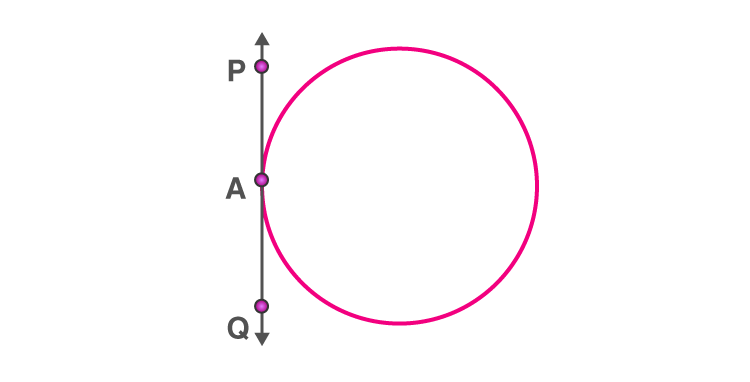
CBSE Class 10 Syllabus 2024-25
Secant
A line that shares two points with a circle is called a secant to the circle. It creates a chord of the circle by cutting it at two spots.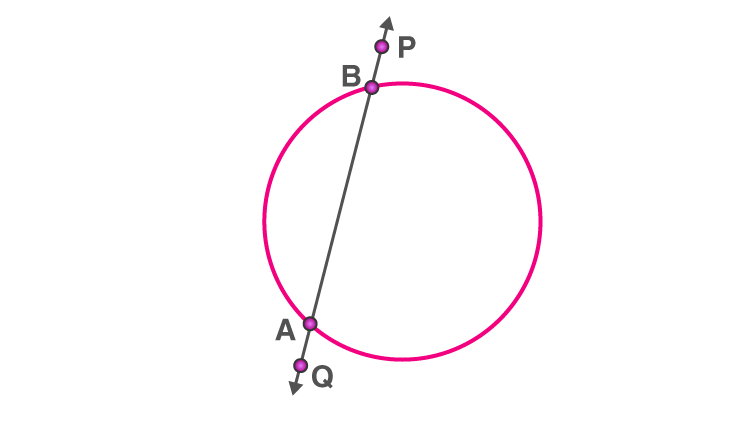
Tangent as a Special Case of Secant
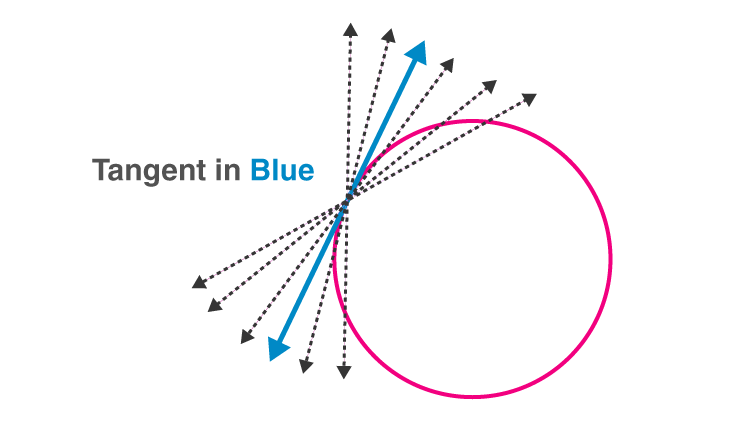
When the two ends of the corresponding chord of a tangent to a circle coincide, the tangent can be thought of as a specific case of the secant.
Two Parallel Tangents at most for a Given Secant
There are precisely two tangents that are parallel to a circle and touch it at two diametrically opposed locations for each secant of a circle. From the given diagram, we can observe the following points:
From the given diagram, we can observe the following points:
- PQ is the secant of a circle.
- P’Q’ & P”Q” are two tangents which are parallel to PQ.
Theorems
Tangent Perpendicular to the Radius at the Point of Contact
"The tangent to the circle at any point is the perpendicular to the radius of the circle that passes through the point of contact," according to the theorem.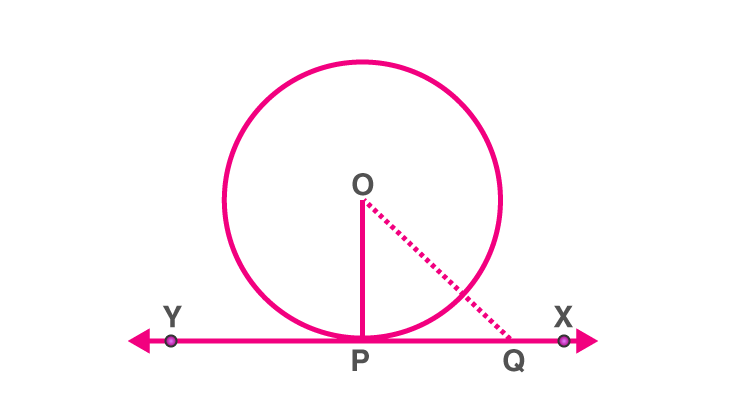
Here, O is the centre and O P ⊥ X Y .
Theorem Proof:
Let us consider a circle with centre "O" and tangent XY at point "P." We must now demonstrate that OP is perpendicular to the XY tangent. Now imagine a point Q different than P on the tangent line XY. As seen in the figure, join the OQ points. Point Q should be outside the circle in this instance. For XY will not be a tangent to the circle if the point Q is inside the circle. It implies that XY will join a circle as a secant. So, OQ should be greater than the radius of the circle OP. It means that OQ > OP Since all points on line XY, except P, comply with this requirement, the shortest distance between the centre of the circle "O" and the points on line XY should be found at OP. As a result, we can say that OP is not parallel to XY. The theorem is so demonstrated.The Number of Tangents Drawn from a Given Point
i) Any line passing through the point will be a secant if it is located inside the circle. Therefore, if a circle passes through a point that is inside it, no tangent can be traced to it.
iii) When the point lies outside of the circle, there are
accurately two tangents
to a circle through it

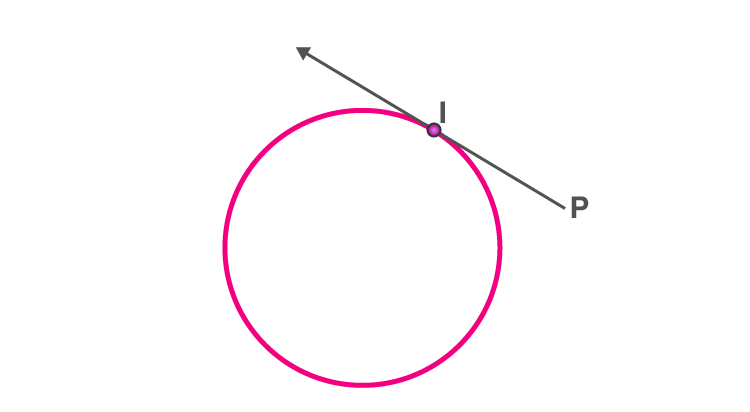

Length of a Tangent
The segment of the tangent from the external point P to the point of tangency I with the circle is the length of the tangent from the point (say P) to the circle. The tangent length in this instance is PI.
Benefits of CBSE Class 10 Maths Notes Chapter 10
- Provide concise, understandable descriptions of important ideas.
- Simplifies difficult subjects for easier comprehension.
- Effective study aid for final exam preparation.
- Improves the recall of important information.
- Offers essential points and advice to help with efficient exam preparation.
- Combines information to save time.
- Gives priority to significant subjects and inquiries.
- Provides useful illustrations for linkages to the actual world.
- Increases students' exam-taking confidence.
CBSE Class 10 Maths Notes Chapter 10 FAQs
What are the important terms in circles Class 10?
The distance from any point on the circle to the fixed point is the radius.
Which chapter is very difficult in maths?
The toughest chapter in Class 10 Maths varies among students, but topics like Quadratic Equations, Triangles, and Surface Areas and Volumes are often perceived as challenging due to their abstract concepts and complex calculations.
Who invented circle?
The first theorems relating to circles are attributed to Thales around 650 BC.
🔥 Trending Blogs
Talk to a counsellorHave doubts? Our support team will be happy to assist you!

Check out these Related Articles
Free Learning Resources
PW Books
Notes (Class 10-12)
PW Study Materials
Notes (Class 6-9)
Ncert Solutions
Govt Exams
Class 6th to 12th Online Courses
Govt Job Exams Courses
UPSC Coaching
Defence Exam Coaching
Gate Exam Coaching
Other Exams
Know about Physics Wallah
Physics Wallah is an Indian edtech platform that provides accessible & comprehensive learning experiences to students from Class 6th to postgraduate level. We also provide extensive NCERT solutions, sample paper, NEET, JEE Mains, BITSAT previous year papers & more such resources to students. Physics Wallah also caters to over 3.5 million registered students and over 78 lakh+ Youtube subscribers with 4.8 rating on its app.
We Stand Out because
We provide students with intensive courses with India’s qualified & experienced faculties & mentors. PW strives to make the learning experience comprehensive and accessible for students of all sections of society. We believe in empowering every single student who couldn't dream of a good career in engineering and medical field earlier.
Our Key Focus Areas
Physics Wallah's main focus is to make the learning experience as economical as possible for all students. With our affordable courses like Lakshya, Udaan and Arjuna and many others, we have been able to provide a platform for lakhs of aspirants. From providing Chemistry, Maths, Physics formula to giving e-books of eminent authors like RD Sharma, RS Aggarwal and Lakhmir Singh, PW focuses on every single student's need for preparation.
What Makes Us Different
Physics Wallah strives to develop a comprehensive pedagogical structure for students, where they get a state-of-the-art learning experience with study material and resources. Apart from catering students preparing for JEE Mains and NEET, PW also provides study material for each state board like Uttar Pradesh, Bihar, and others
Copyright © 2025 Physicswallah Limited All rights reserved.
Get App
